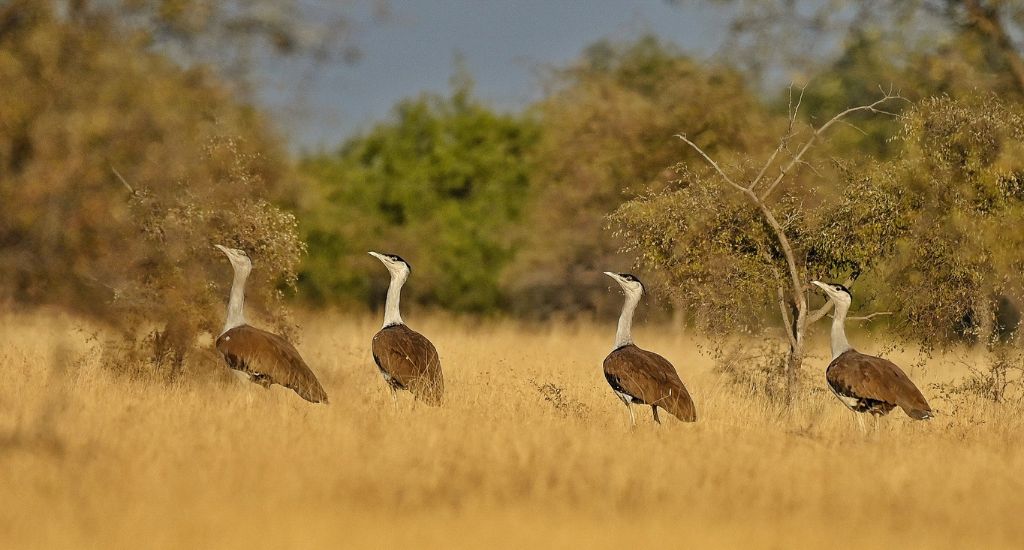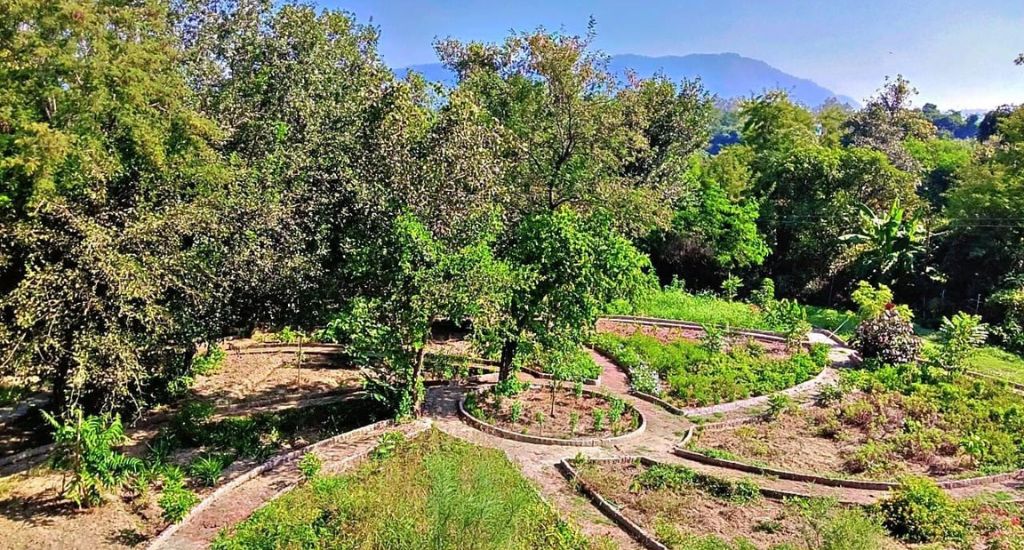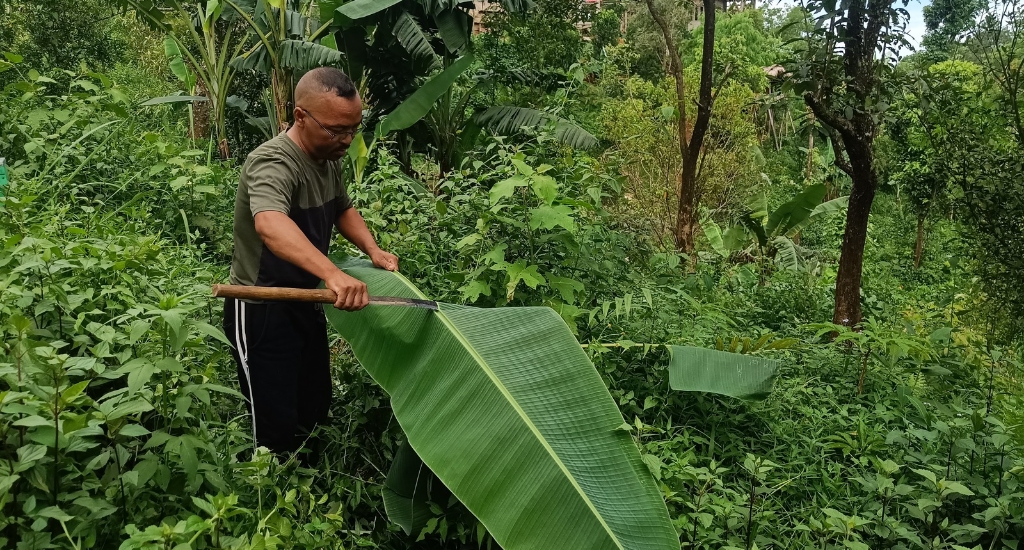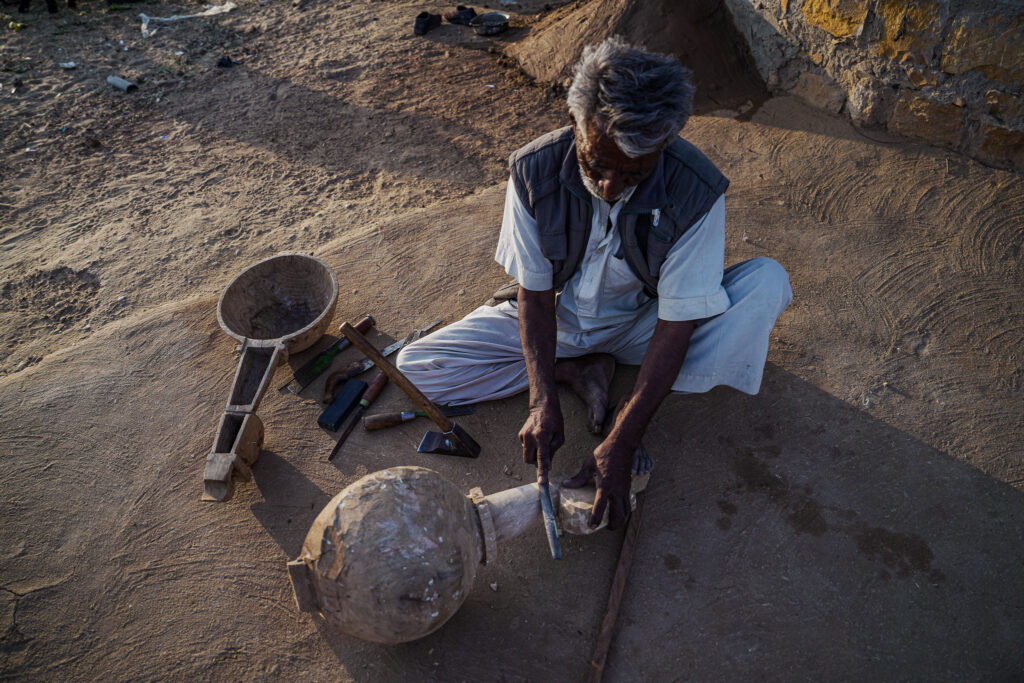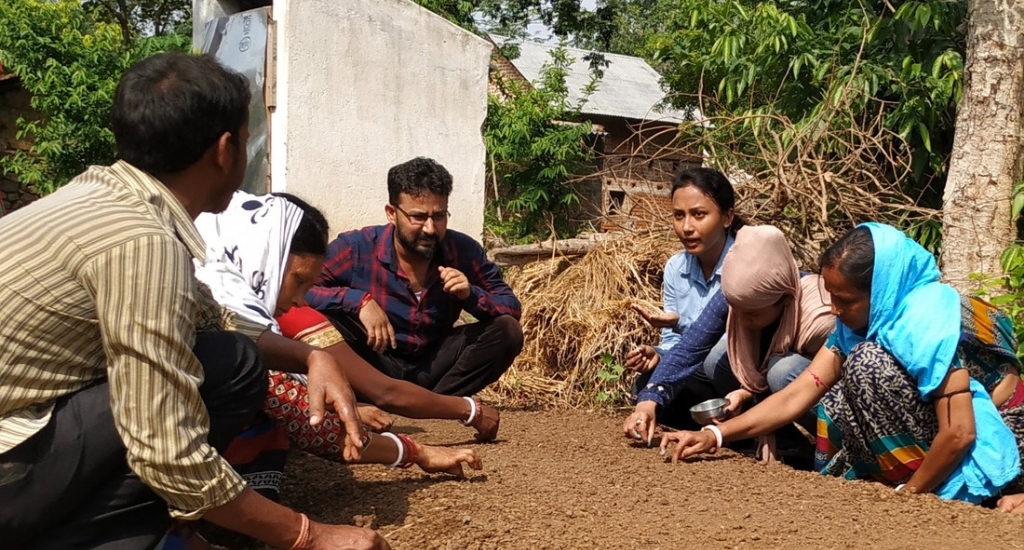Village Square: How did your journey into wildlife conservation begin?
Radheshyam Bishnoi: My community was the first source of inspiration for me. I belong to the Bishnoi community which considers nature and wildlife conservation an integral part of its faith. In fact, animals and plants are seen as an extension of us.
India’s famous Chipko movement was inspired by Amrita Devi Bishnoi who along with 363 others gave up her life to protect trees from being cut on the orders of the then king of Jodhpur in the 18th century. The Bishnois were also instrumental in bringing attention to the blackbuck hunting case involving actor Salman Khan in 1998.
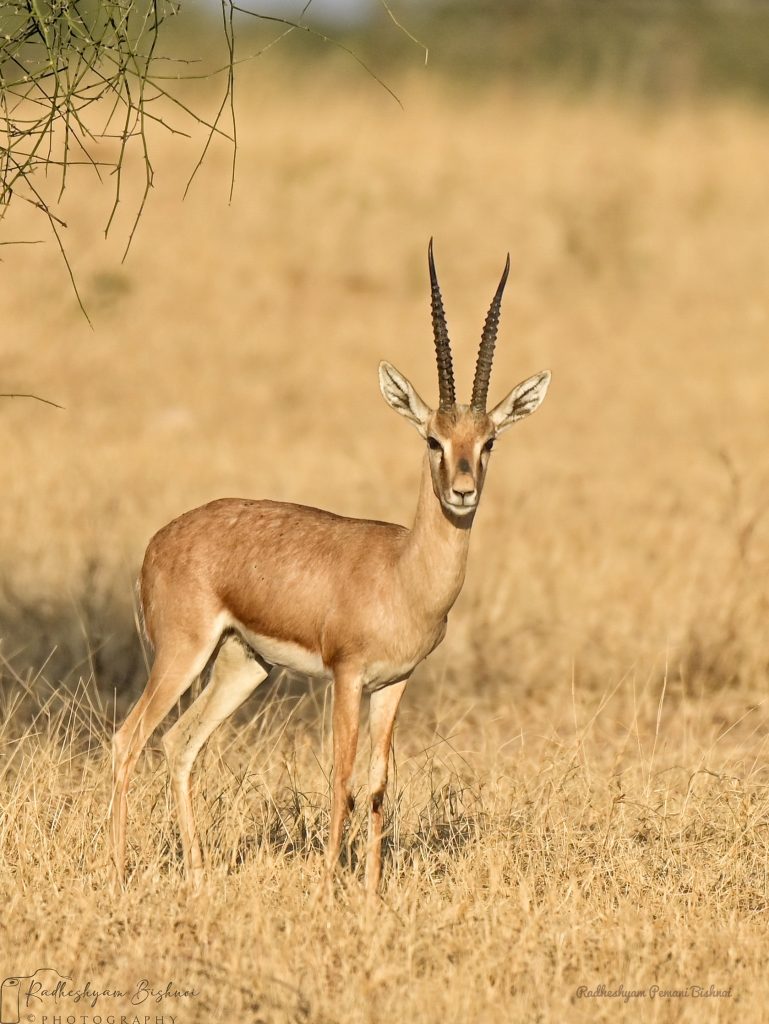
When I was 15, I started joining the community efforts to rescue animals and birds. I live in Dhulia village, which is located between Jaisalmer and Pokhran. It is also home to many chinkaras and blackbuck. I began to rescue them.
Village Square: What are the important lessons you learned during your early conservation days?
Radheshyam Bishnoi: Among the several valuable lessons I have learnt is that many efforts to rescue animals or administer medical aid fail because wild animals are scared of humans. This fear leads to shock, causing death.
Also Read | ‘Wildlife conservation isn’t anti-development’
In 2016-17, I met many scientists and officials at a rescue centre run by the forest department in Jodhpur. They told me about the different things to keep in mind during the rescue operation. Small precautions like putting a blindfold on the animal are really helpful.
Further, rescued animals should not be exposed to a crowd. Medical treatment should be given on the field itself. These practices can increase the chance of survival. I also learned how to administer first-aid to the rescued animals. ‘
However, the real challenges began once I returned from training with the forest department. From continuous patrolling and anti-poaching operations to rescue and other conservation activities, it involves a lot of hard work.
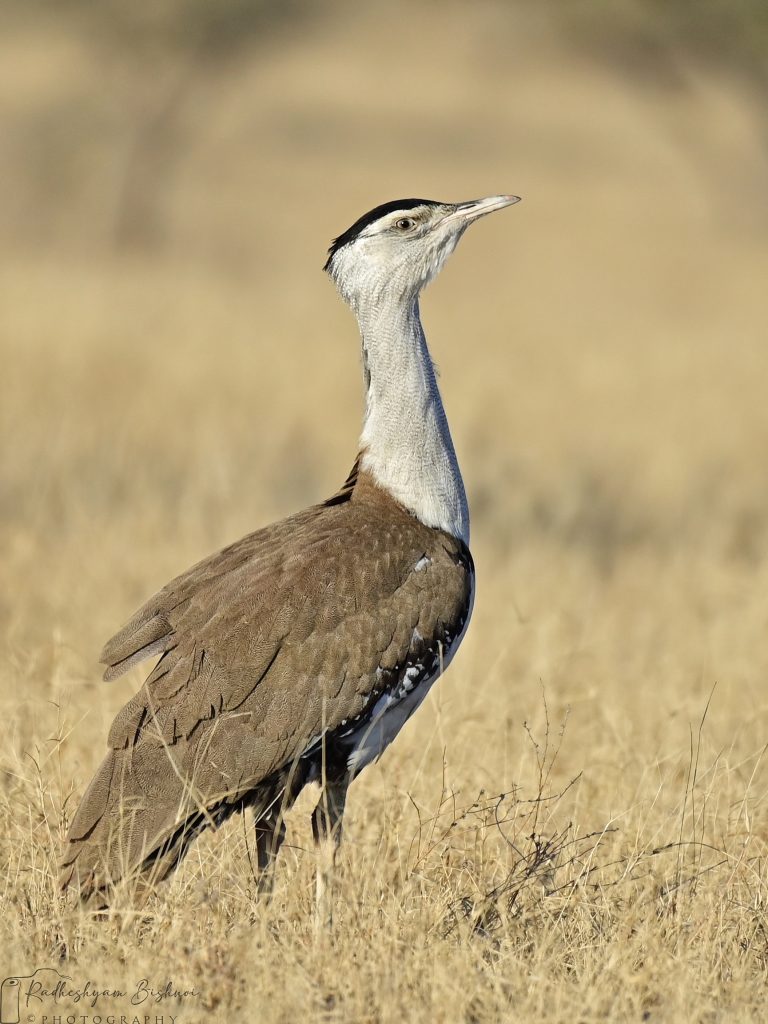
I also learnt photography. For the last five years, I have been documenting wildlife and gathering evidence about poaching incidents.
Village Square: When did you start working on the conservation of the great Indian bustard (GIB) in Rajasthan?
Radheshyam Bishnoi: When I first learned about the existential threat to the GIB, I thought, ‘Oh! I have seen this bird often in my area’. These birds are called godavan in Hindi. Our fields are their habitat. I thought that just like chinkaras, the GIBs need our attention too. After all, it is Rajasthan’s state bird.
Also Read | Vanishing vultures find friends for their survival
Earlier, the great Indian bustards were present in the whole of western India and parts of Pakistan. But as per the official counting done in 2017, only 150 remain now. The real number is even less, I believe. Perhaps 100, I would say.
Village Square: What are the biggest threats to GIBs?
Radheyshaym Bishnoi: During the various patrolling and trekking sessions, I saw many GIBs die after colliding with high-tension wires. As much as 80 percent of the total mortality can be attributed to these electric wires.
GIBs fly at a height at which the wires are put up. It’s a heavy bird weighing 16-20 kg. They can grow up to 1 metre tall. In fact, bustards are the heaviest birds that can fly. Because of their weight, bustards are unable to maneuver quickly while flying. Also, their eyes are on the side, not in front. All this makes them more susceptible to colliding with wires.
We have recently filed a Public Interest Litigation with the help of other concerned groups to address this issue.
Their habitat also needs urgent protection. Windmills and solar panels have caused terrible habitat loss for GIBs. There is a threat of collision with them as well. Solar panels and windmills also affect vultures. There are only 2,000 vultures left in my region.
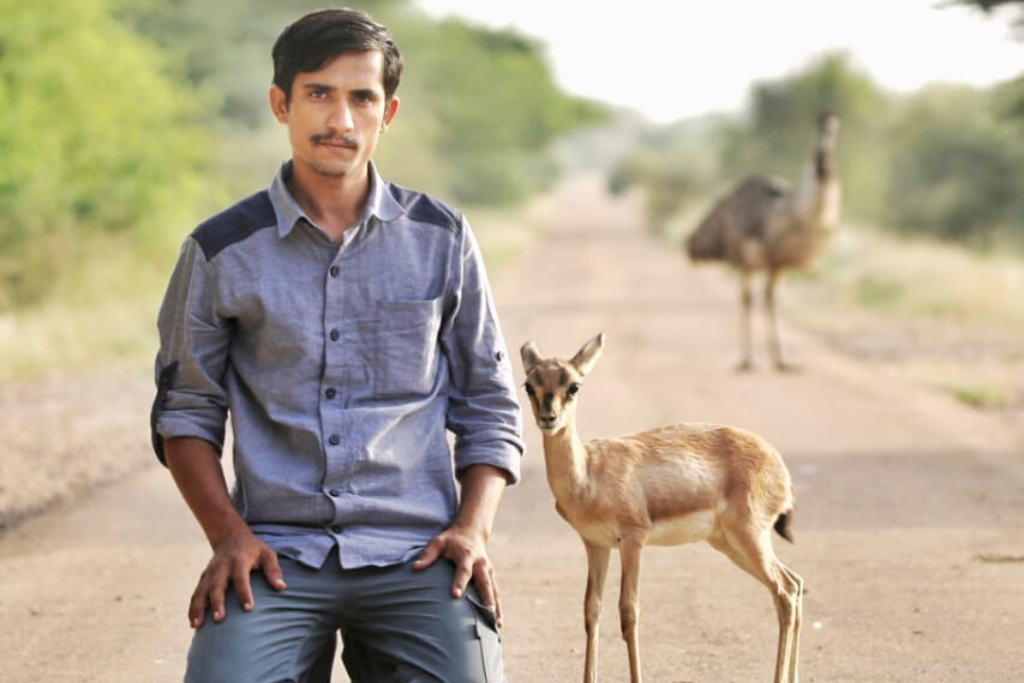
Dogs are a threat too. GIBs lay only one egg a year and that too if there is good amount of rain. Unlike other birds which lay their eggs on a tree, bustards lay their eggs on the ground in an open field. Dogs, cats and monitor lizards often eat the eggs, or they get trampled under the feet of cattle.
Also Read | Once a pride, the Malkangiri pony struggles to survive
Village Square: Tell us about the PIL that you have filed.
Radheyshaym Bishnoi: We have submitted a plea in the Rajasthan High Court for the high-tension wires to be laid underground. Or that bird diverters are installed on the wires in areas where the bustard’s movement is less. While it is not foolproof, it will have some positive impact.
Village Square: Which animals face maximum poaching threat in Jaisalmer and nearby areas?
Radheyshaym Bishnoi: Deer and spiny tail lizards are the most vulnerable, besides GIBs, blackbuck and chinkaras. The lizard’s tail is believed to have aphrodisiac properties and is also thought to cure joint pain. This makes them a prime target for poachers as they are sold at high prices.
Village Square: How do you motivate others to take up conservation?
Radheyshaym Bishnoi: We conduct awareness sessions in schools. I try to engage with everyone in the community, especially shepherds and families living in the forests.
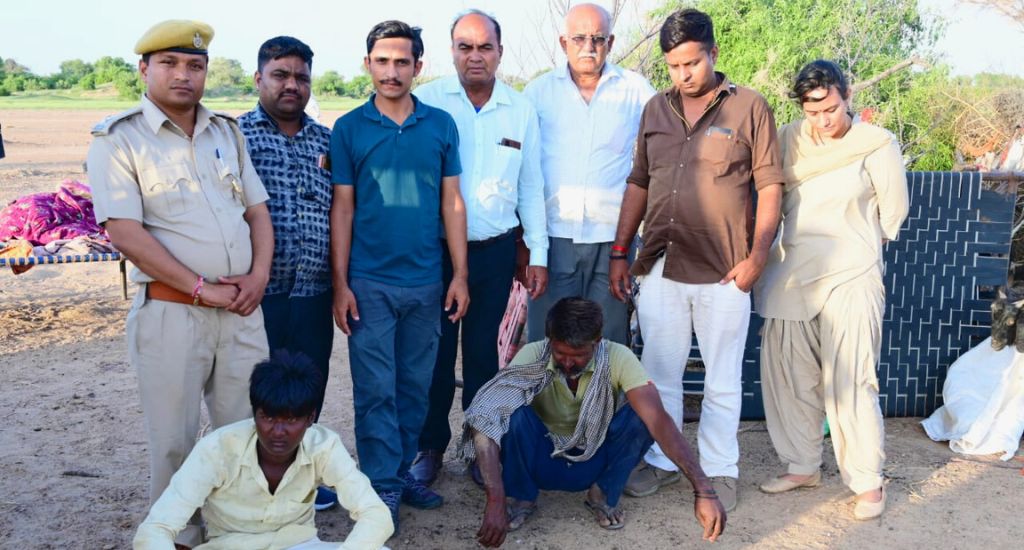
We even interact with poachers after nabbing them. We hand them over to the forest department, but also communicate with them at a human level. I believe that criminal action is not sufficient to address poaching. We try to understand their motive and raise awareness among them.
Also Read | Black goats of Kerala’s native tribal hill people on brink of extinction
The Pokhran region has 1,20,000 bigha of community or grazing land. Almost 55 percent of the GIBs are found in this area, while the rest live in the protected areas which come under the forest department. Shepherds and forest dwellers are usually the first responders and no meaningful rescue operation can be possible without their intervention. No one can do conservation better than the local community itself.
In the lead image a group of GIBs stand in the field in Pokhran, Rajasthan (Photo by Radheshyam Bishnoi)
